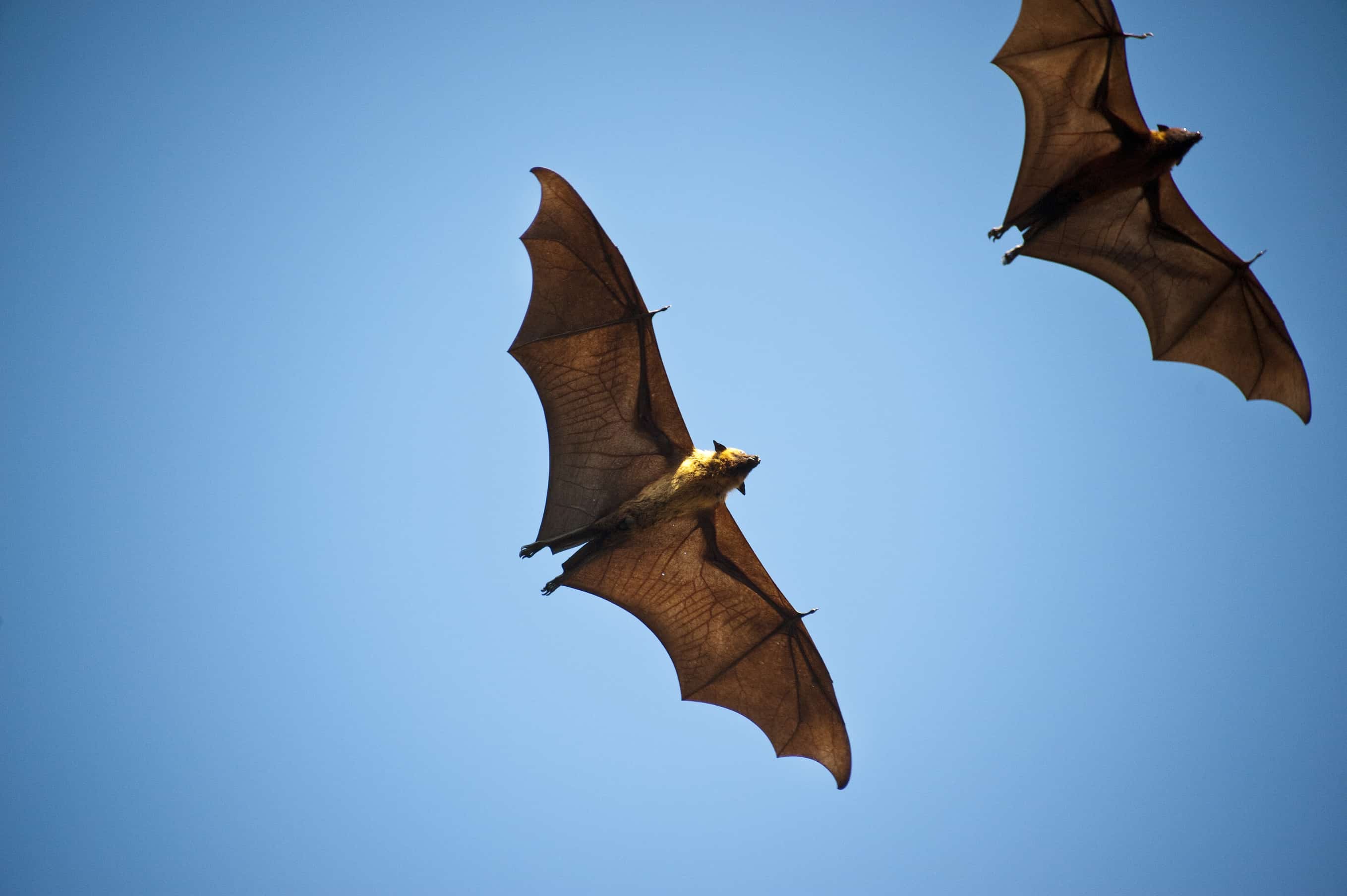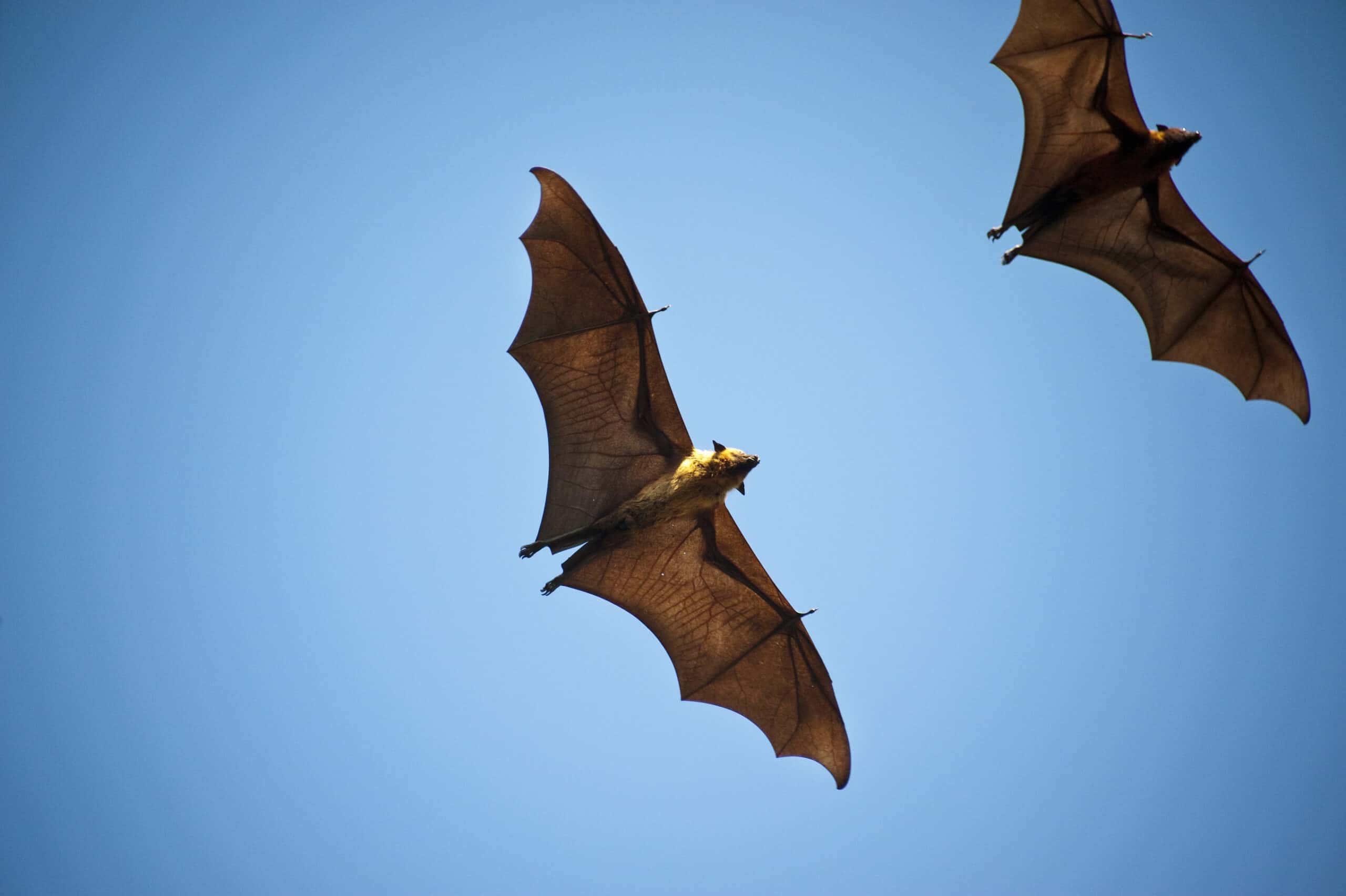Rabies 101 for Pet Owners
 Most everyone has heard of rabies, and while people generally understand that it’s dangerous, not everyone is aware of what rabies is, how it is transmitted, and what the risk is to people and pets.
Most everyone has heard of rabies, and while people generally understand that it’s dangerous, not everyone is aware of what rabies is, how it is transmitted, and what the risk is to people and pets.
Although rabies is largely controlled in the United States, it still remains a concern. Each year, hundreds of dogs and cats die of rabies in the U.S., as well as a few humans. Understanding rabies and learning how to protect your pets and your family are critical steps in the fight against this deadly disease.
What is Rabies?
Rabies is a viral disease that affects mammals, including dogs, cats, and humans. The disease is considered zoonotic due to its ability to transfer between animals and humans. Rabies is generally spread by direct contact with an infected animal, usually through a bite. Wildlife, such as bats, raccoons, skunks, and foxes, commonly carry rabies.
Stages and Symptoms
After exposure, the rabies virus will slowly migrate from the infection site to the brain via the central nervous system. This may take up to a month or more. Once the virus has entered the brain, the disease becomes impossible to treat.
Once rabies has reached the brain, it manifests in three distinct stages:
Prodromal stage – This early stage, just after the virus has entered the brain, is characterized by changes in personality and vocalization.
Excitative stage – The animal may hallucinate, become aggressive, or exhibit other major personality disruptions.
Paralytic stage – Once the excitative period has passed, the infected animal will become weak and lose the ability to swallow, which may lead to the characteristic “foaming at the mouth” that we often associate with rabies. Death follows shortly after the onset of this last stage, due to paralysis of the breathing muscles.
Keeping Your Family and Pets Safe
The number one way you can help prevent the spread of rabies is to have your pets vaccinated and keep their rabies vaccine current. The state of Michigan requires all dogs over the age of 4 months to be vaccinated against rabies, but we highly recommend vaccinating cats and kittens as well, including those who live exclusively indoors, since wildlife can sometimes find their way inside our homes.
Other ways to minimize the risk of rabies exposure include:
- Avoid animals that are acting aggressively or unnaturally. Be on the alert for nocturnal animals (such as skunks, bats, or opossums) out during the day, as this could indicate that the animal is rabid. Contact animal control immediately if you observe any abnormal behavior in wildlife.
- Keep dogs on a leash when out for a walk, and keep cats indoors. Don’t allow pets to investigate wildlife, dead or alive.
- Do not touch or attempt to touch or care for wild mammals that appear ill. Contact animal control.
- If you, a family member, or a pet has been bitten or scratched by a wild or domestic animal, seek medical care immediately.
- Make your home and property inhospitable to wildlife by adding fencing, clearing branches and debris where wildlife could hide or nest, and keeping trash bins securely covered.
If you have any questions or concerns about rabies and pets, contact the staff at Beverly Hills Veterinary Associates.

